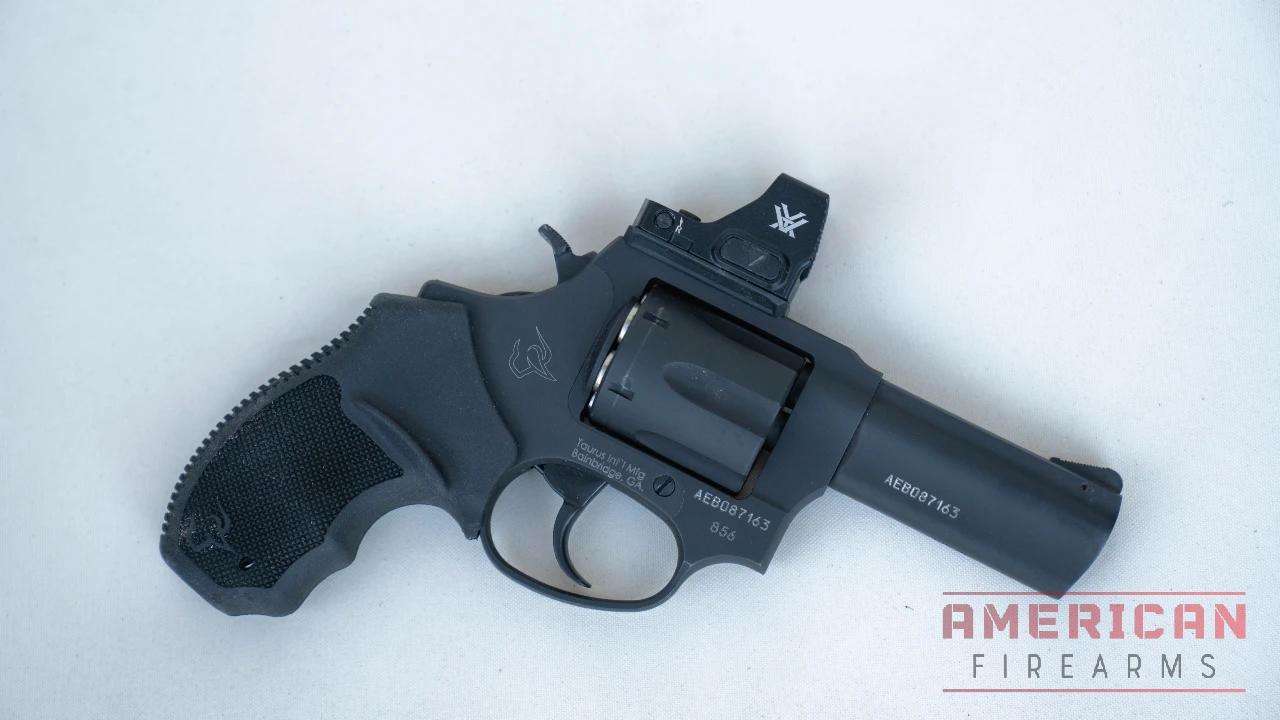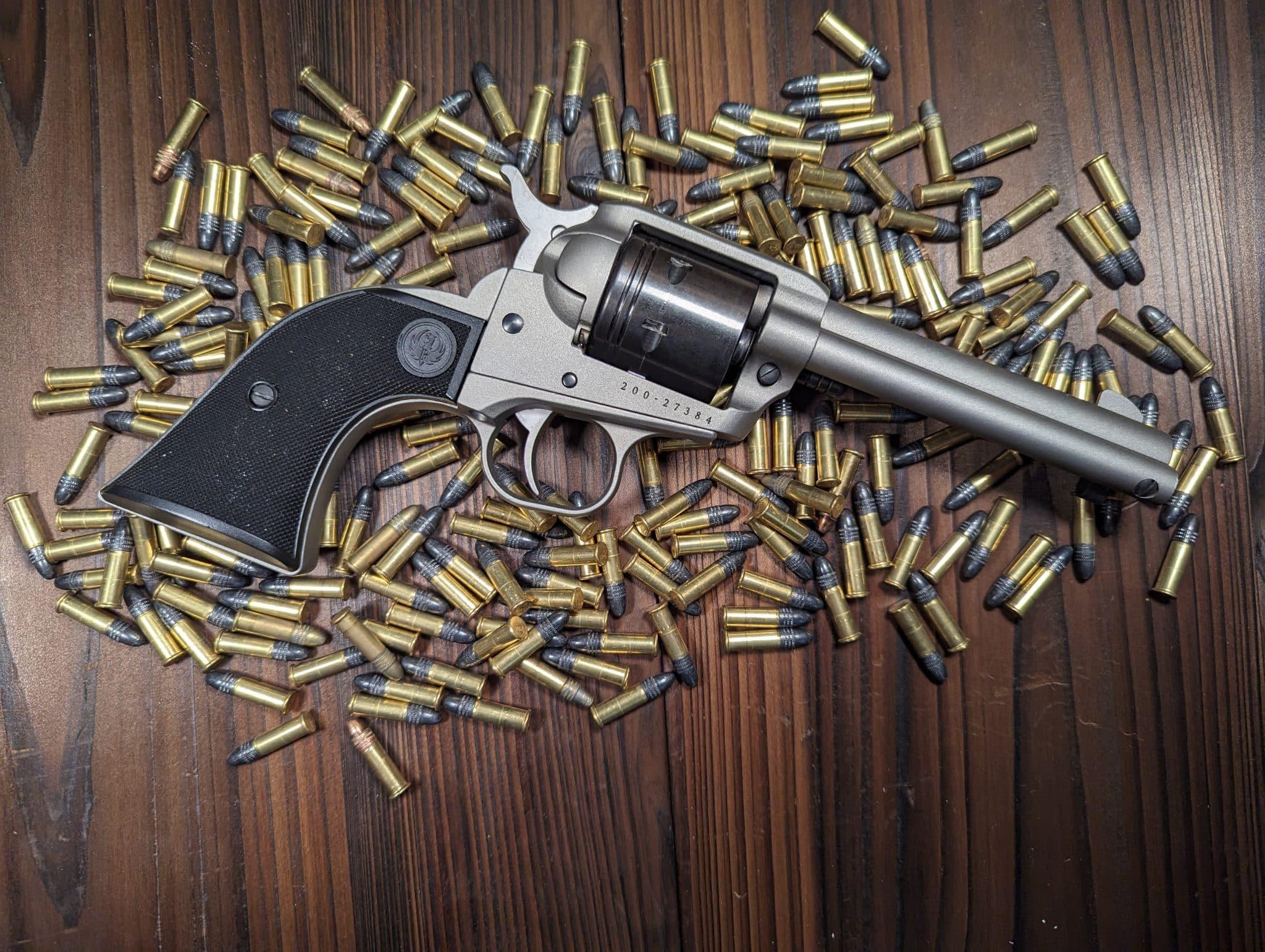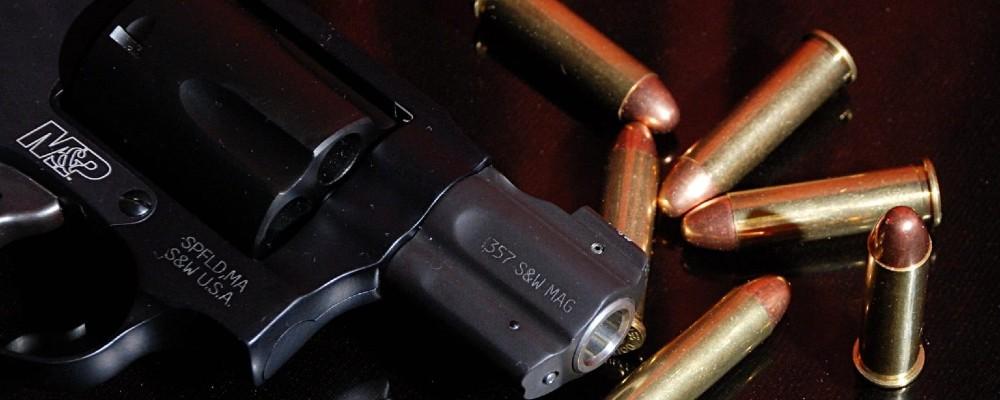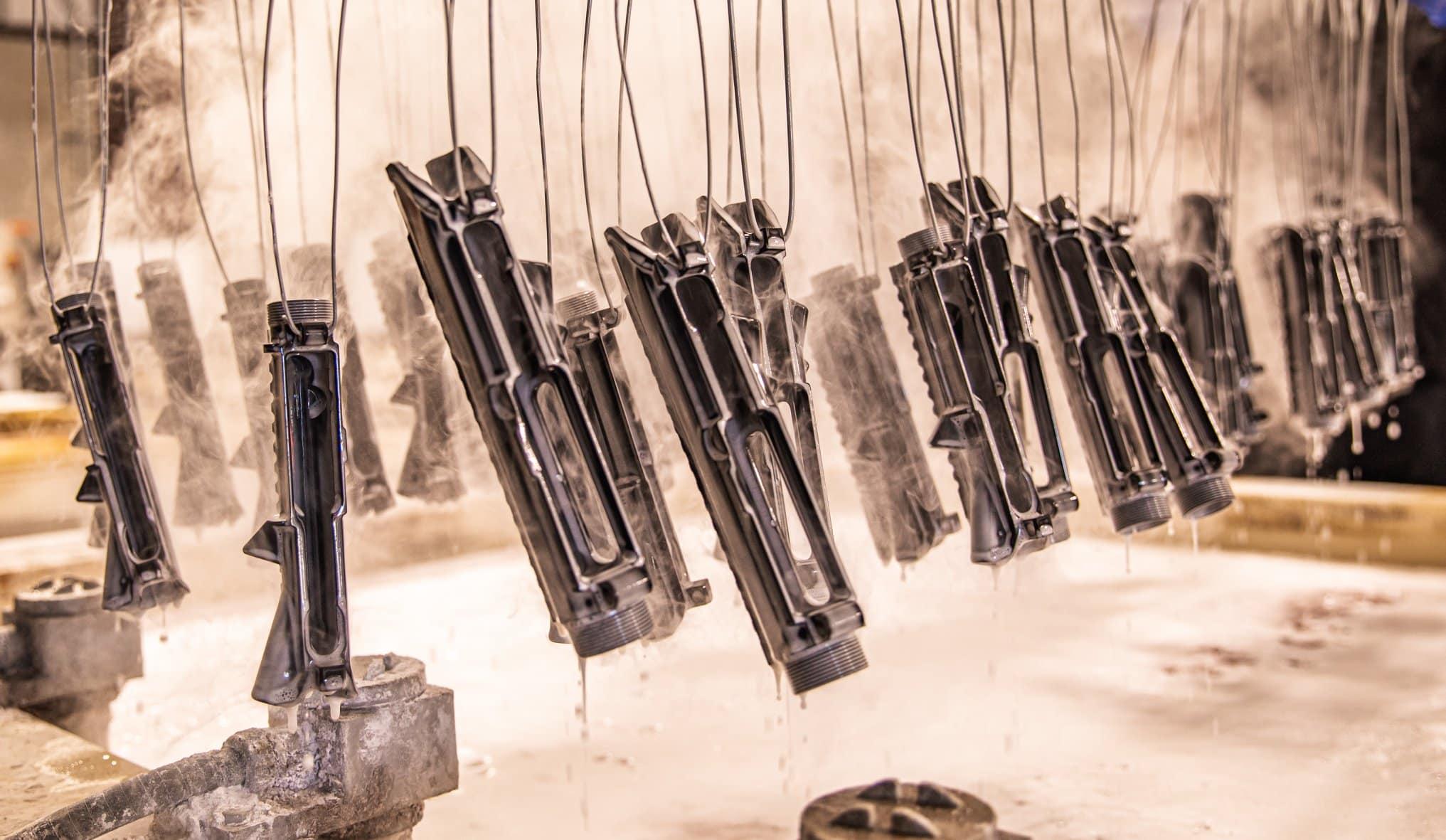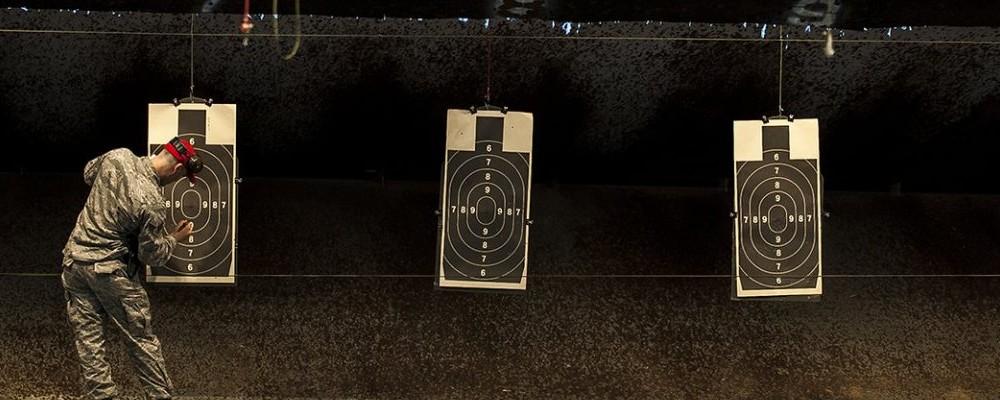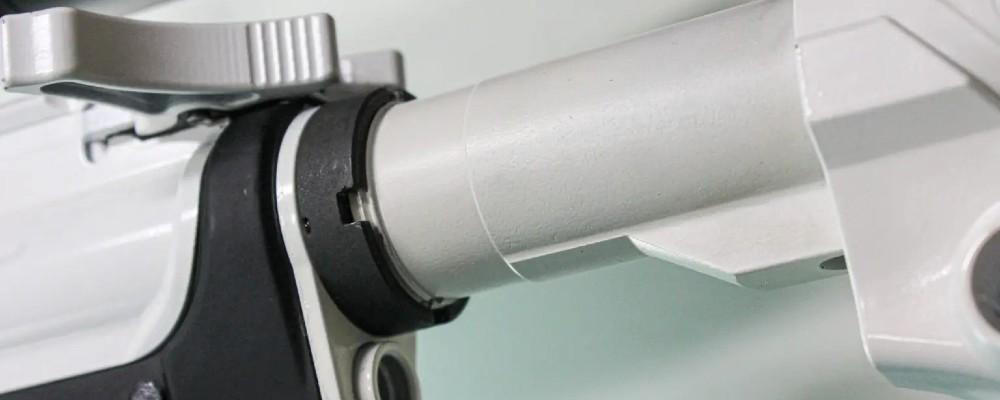A Guide to Trigger Discipline
Written By
Kenzie Fitzpatrick
Competitive Shooter
Edited By
Michael Crites
Licensed Concealed Carry Holder
Share:
Products are selected by our editors. We may earn a commission on purchases from a link. How we select gear.
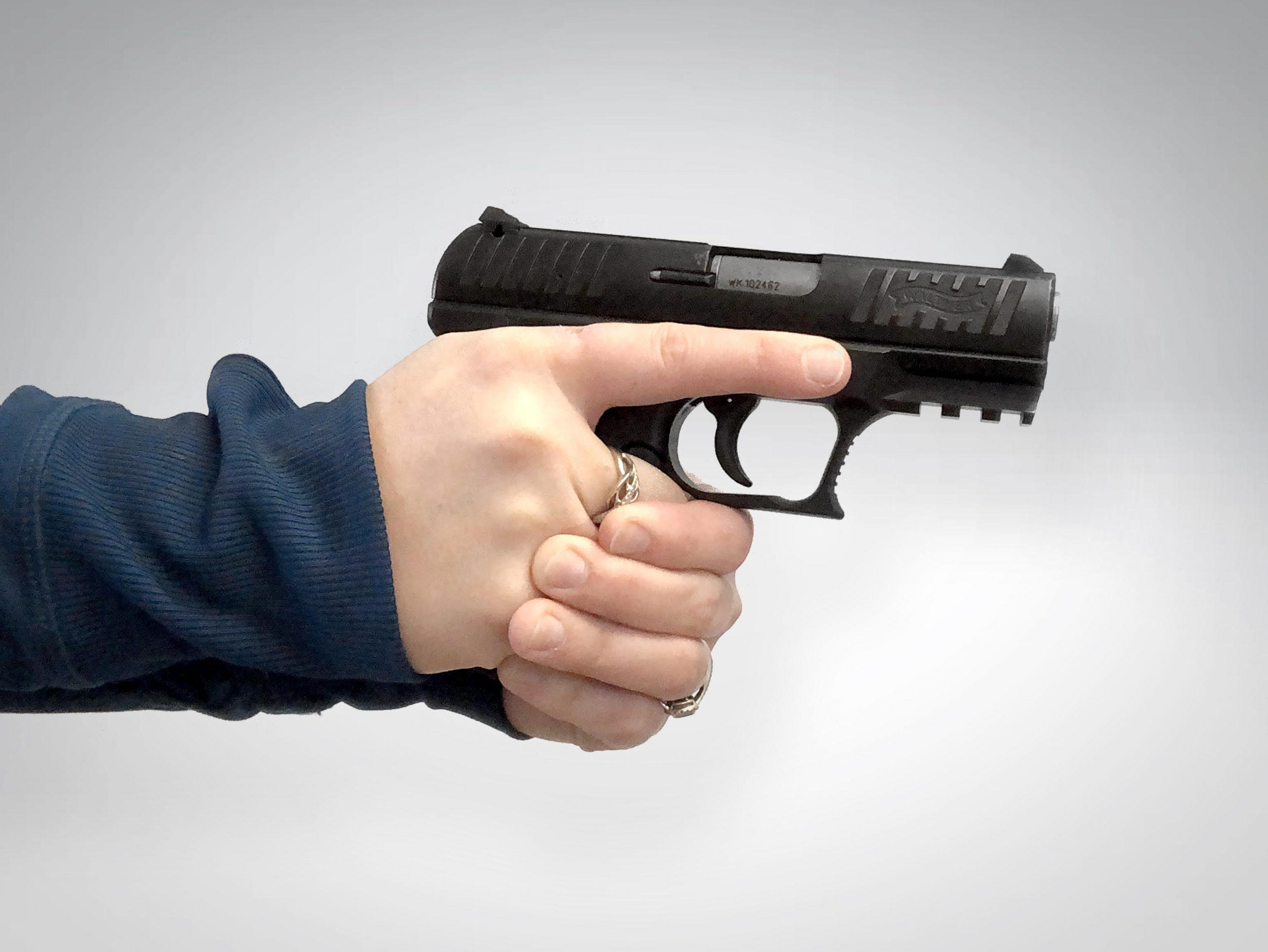
Updated
Jan 2023
When it comes to gun handling, trigger discipline is one of the essential skills to master. It doesn’t matter if you’re a first-time gun owner or have been around firearms your entire life. When it comes to firearms, always maintain proper safety fundamentals.
In This Article
Gun Safety Fundamentals
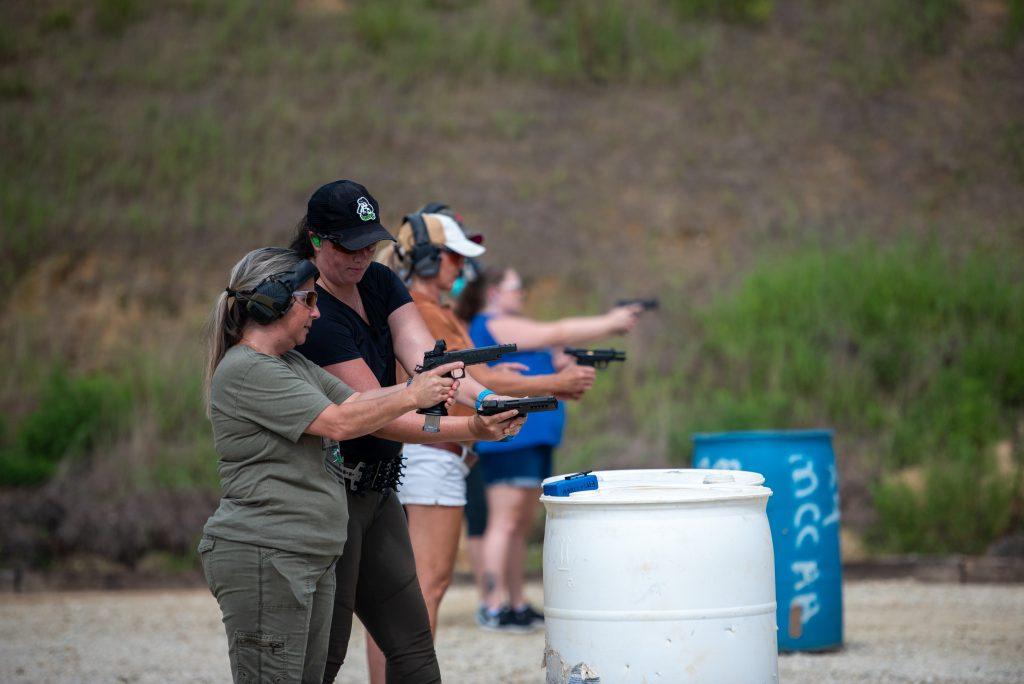
Even if you’ve heard the main rules of firearm safety before, it’s always a good habit to repeat the rules before picking up a gun, and especially before live-fire training.
These include: always keeping the gun pointed in a safe direction and away from anything you don’t want to destroy, treating every firearm as if it’s loaded, knowing your target and what is beyond it, and of course, keeping your finger off the trigger until you’re ready to shoot.
If you point a fully loaded gun at something you don’t want to destroy, but your finger is off the trigger, at least the gun will not go off.
While we don’t want anyone getting lackadaisical about safety, a gun can’t just fire a round if your finger is nowhere near the trigger. That is why understanding and practicing good trigger discipline is so essential to being a responsible gun owner– it avoids the first step in the chain reaction of firing a round; the trigger pull.
What is trigger discipline?
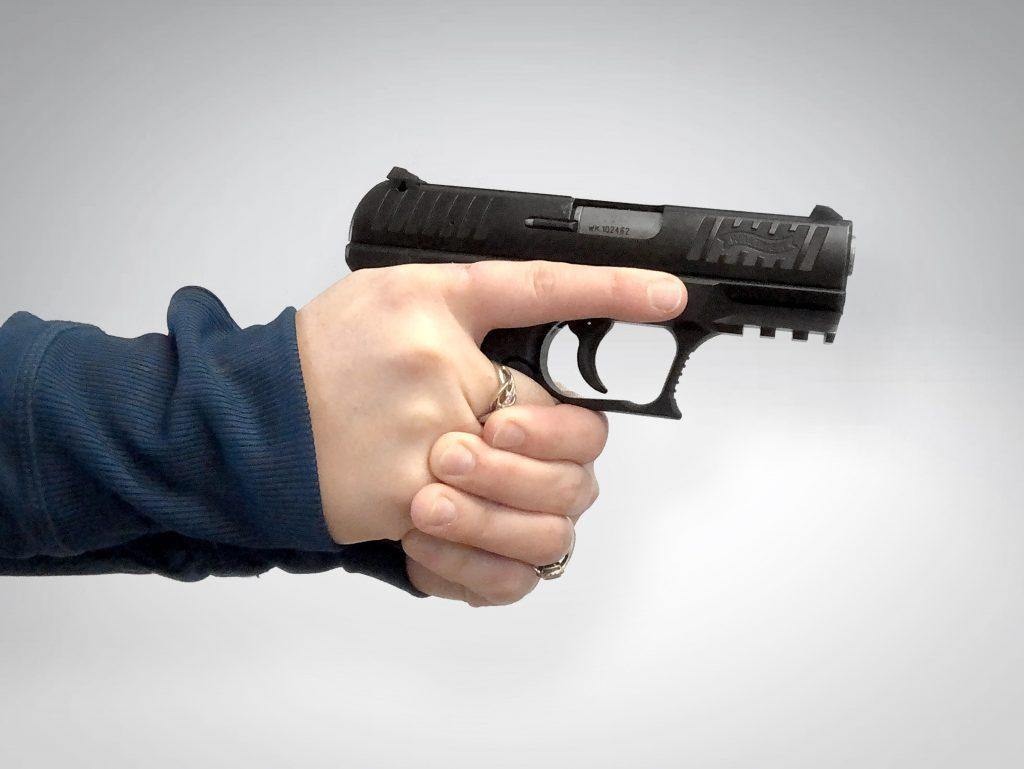
Trigger discipline is the act of keeping your index finger outside of the trigger guard, on the side of the frame, and pointed parallel to the barrel of the gun. This applies to every pistol, rifle, shotgun, PCC, airsoft gun, BB gun, or any gun you pick up, real or fake.
The second piece to trigger discipline is knowing when to put your finger on the trigger.
In a defensive situation, you may be in public surrounded by people. If you draw your gun and immediately put your finger on the trigger before pointing the muzzle at the threat, you risk the chance of firing a round too soon — and in the wrong direction — possibly at an innocent bystander
Everyone has seen videos of people drawing their gun from their holster and immediately putting their finger on the trigger — shooting themself in the leg.
In a high-stress self-defense situation, even with heavy set triggers, the adrenaline dump paired with your body’s natural defensive reaction will not allow your brain to focus on how much pressure your trigger finger is applying to the trigger.
Forming good habits with range practice sessions will ensure you’ll be much safer handling a gun at home or in any high-stress, defensive situation. When firing a weapon, every shot fired needs to be consistent — from your grip to sight alignment and even with the placement of your trigger finger.
An improper trigger pull can move shots left or right. Anticipating the recoil and jerking the trigger down can push shots low on the target. The perfect position on a trigger is right in the middle of the pad of your finger, not the tip of your finger, and not the first knuckle.
Why you learn trigger discipline

You may be asking yourself why practicing proper trigger discipline matters at all or even when using a fake gun.
As humans, we build habits so our brain will automatically tell our body to perform functions without us having to think about them.
If you don’t treat a fake firearm with the same respect and trigger discipline that you would a real gun, it is very easy to reproduce those bad habits with a fully loaded gun in your hands. This is how “accidents” happen.
As gun owners, we accept responsibility for all the guns we own and, subsequently, every bullet’s final resting place, no matter who the shooter is.
There is no such thing as accidentally firing a weapon. It’s either negligence or a lack of knowledge. For every gun that you own, there is no excuse for not knowing how it functions.
Always read the manual, watch a YouTube video, or consult a knowledgeable instructor on your firearm’s functions. Negligent discharges happen when you become lazy about firearm safety and trigger discipline — and are 100% avoidable.
Good and Bad Examples
Find a comfortable resting point for your finger that works for your hand size and grip.
Never pick up a gun or hold a gun with your finger on the trigger or in the trigger guard until you are ready to shoot.
Common Challenges with Proper Trigger Control
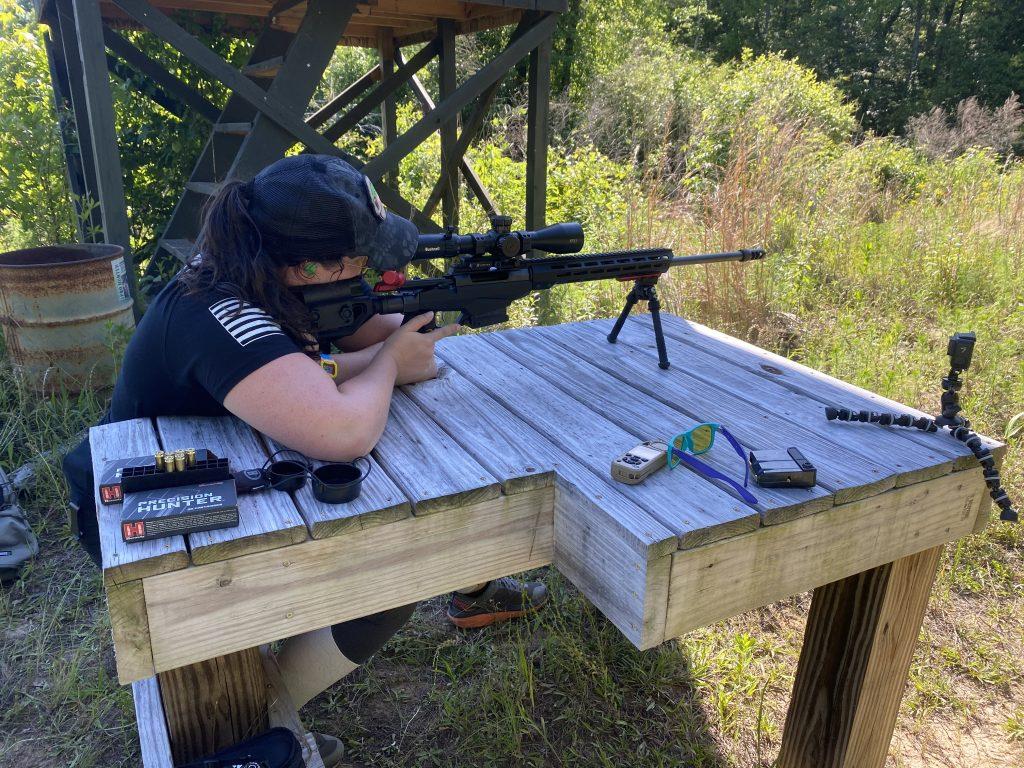
One of the most common challenges with proper trigger control is finding a gun that fits you appropriately. If you cannot reach the trigger or get a suitable placement with your trigger finger, you will never be able to shoot consistent, accurate shots with that gun.
Similarly, if you cannot manage the recoil and are jerking the gun down before you break a shot to try and counterbalance the recoil, that gun is not for you. The name of the game is fit and balance.
Another challenge with trigger control can be the weight of the trigger on the gun you’re shooting. Almost universally found on revolvers, heavy triggers require more strength in your finger when pulling the trigger rearward.
This can cause your finger to shake if you lack the strength to pull it back, and the gun will begin to wiggle or shimmy — affecting the accuracy of the shot.
When you’re not used to firing a gun, the noise and the muzzle flip can be a bit of a learning curve to overcome.
The most common challenge to shooting a gun is learning how to avoid moving anything other than your trigger finger as you fire a shot. Guns move so quickly when fired it’s hard to see the process occurring once you pull the trigger. Try videoing your shooting practice in slow-motion.
Are your fingers squeezing the grip as you’re about to break the shot? Is the gun moving in any unintended way? Did the muzzle of the gun dip down right before the gun fires?
As you become a more proficient shooter, assess each hit on your target to understand why your shots are hitting where they are. Once you know what is happening, you can define the problem areas and begin working towards improvement.
Trigger Discipline when Gripping a Gun
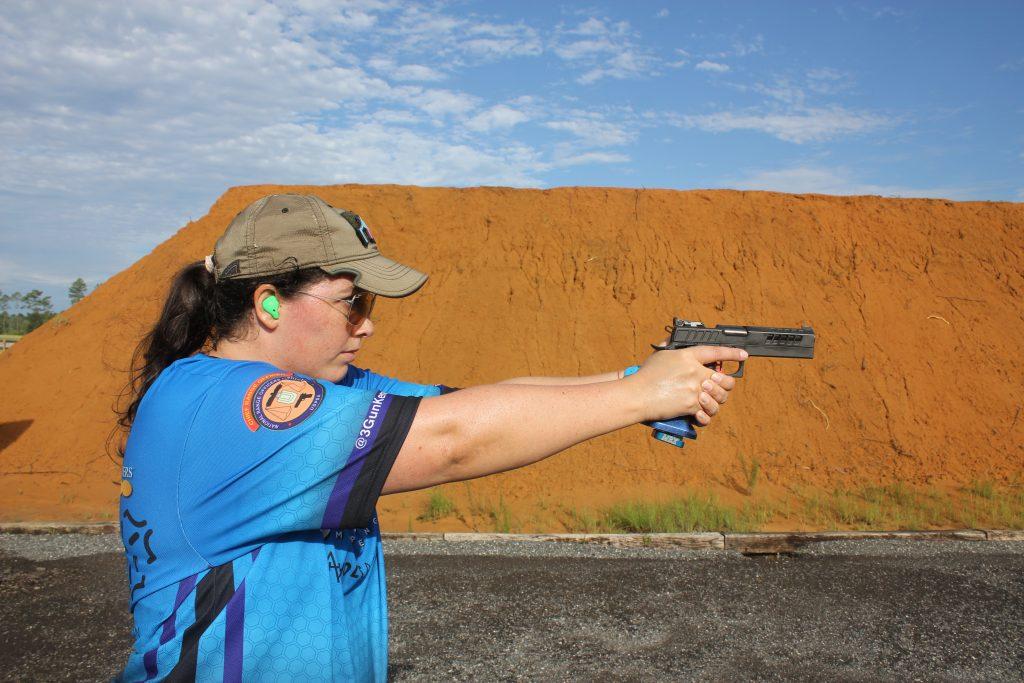
There is no excuse for having your finger on the trigger before you’re ready to fire a shot. There are so many fundamentals to shooting a gun — and the very last thing you do is place your finger on the trigger.
When you pick up a pistol, immediately rest your index finger along the side of the frame or the slide until your full grip is set. Only once your hands are on the gun and your sights aligned to the target are you ready to put your finger on the trigger.
Let’s say you’re picking up a shotgun to shoot. No matter if you’re left-handed or right-handed, as you pick up the shotgun, rest your trigger finger on the side of the stock of the shotgun until you are ready to shoot a target.
Whether you are going to shoot a semi-automatic rifle or a bolt action rifle, guess where your trigger finger should be when you pick up the gun?
The key to proper trigger discipline when gripping a gun is finding a comfortable and consistent spot for your finger to rest on the side until it’s time to shoot.
Trigger Discipline When Firing a Gun
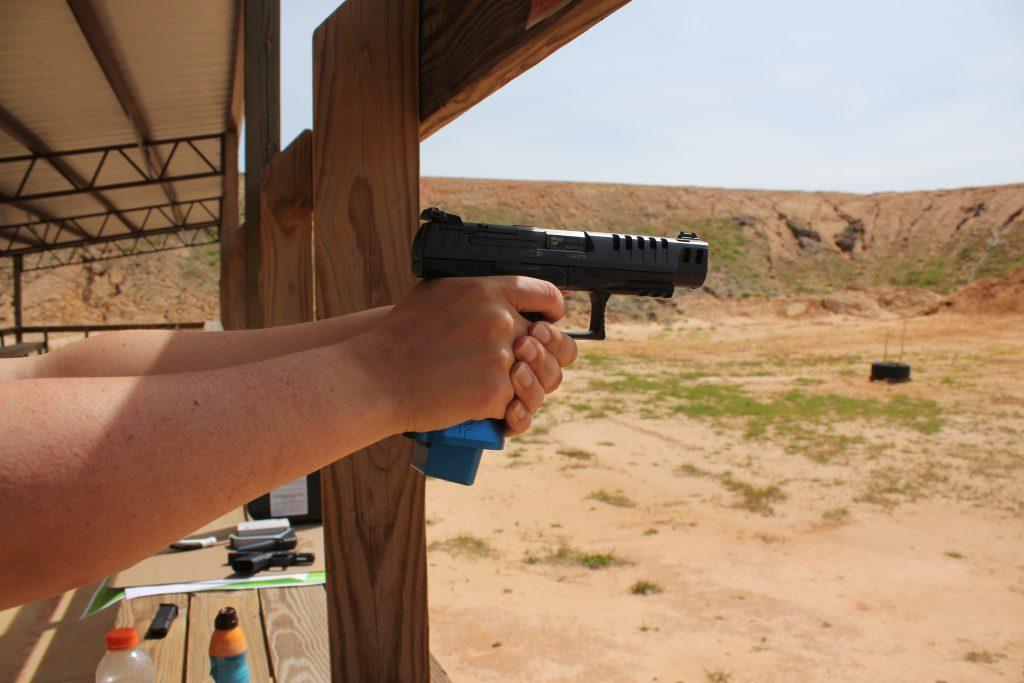
You may have been taught a proper shooting stance, grip, sight alignment, and sight picture, but the final fundamental to accurate shooting is the trigger pull.
One of the most challenging concepts to grasp for new shooters is avoiding the placement of your finger in the trigger guard until all the other fundamentals are in place. If your gun is not on target and your sights are not aligned, you are not ready to have your finger on the trigger.
Every manufacturer and firearm will have a slightly different trigger — be it the trigger design or trigger pull weight. Some guns have a safety built into the trigger, while others do not. A trigger safety is critical to understand because it is the last line of defense against a negligent discharge.
If you depress the trigger and trigger safety together, the gun will fire. If the trigger safety is not depressed, the trigger cannot be pulled back, and the gun will not fire. Some triggers are single-stage, while others are two-stage triggers. A single-stage trigger has one consistent pull weight from start to finish.
A two-stage trigger has two stages, a take-up (often referred to as slack) and a wall where the trigger breaks or fires the round. Because of all of the variances in triggers, it’s a good idea to “dry fire” the gun before ever shooting it to know what to expect.
When drawing your handgun from a holster, grip the gun while keeping your trigger finger on the side of the frame until the weapon is out of the holster and pointed at your intended target.
After the first shot is fired, it’s important to remember that trigger discipline still applies. If a second shot isn’t needed, your trigger finger should go back to its resting point on the gun’s frame.
Exercises for Developing Trigger Control
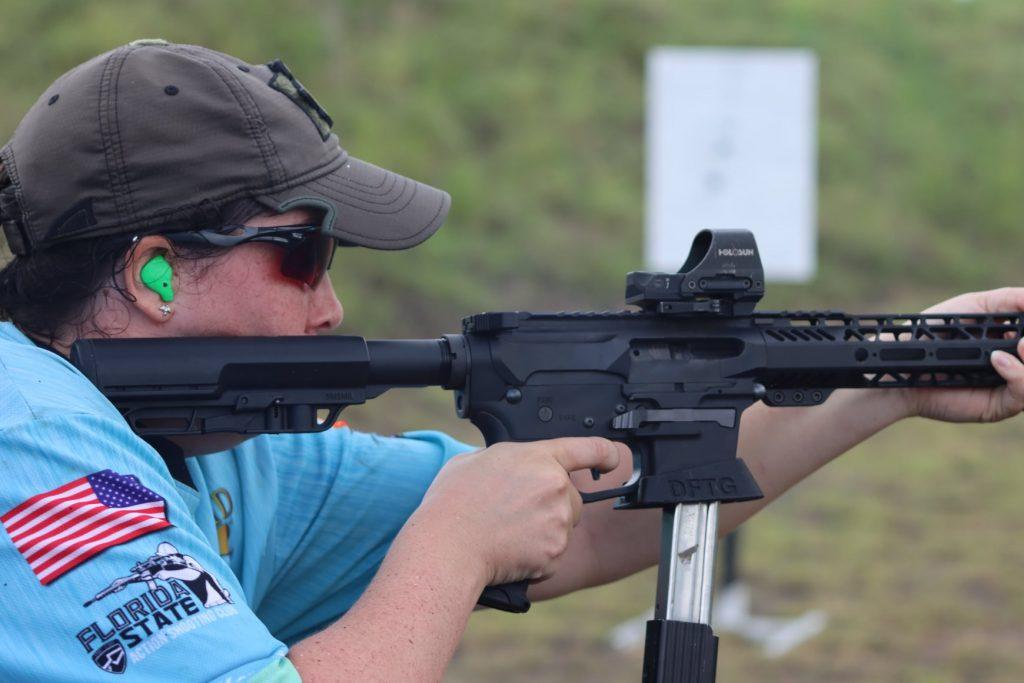
Spending time doing dry fire drills at home will drastically improve your gun handling skills and trigger discipline.
One of the first exercises you should do is pick up each firearm you own to find a comfortable resting place for your index finger. This spot should be repeatable every time and become a habit. One of the best customizations you can make to your firearm is stippling your grip and including stippling where your finger rests. This small addition can help your finger find its proper place every time you pick up your gun.
Another exercise to practice is drawing your unloaded handgun from your holster and pointing it at a blank target on your wall. Work on getting the gun straight up out of the holster with your finger on the frame first.
Next, draw the gun up and aim it at your target. Third, align your sights to the bullseye. Finally, place your finger on the trigger and work on having a consistent trigger pull every time.
One of the last drills to practice is getting your finger off the trigger to the trigger reset to make quick, accurate follow-up shots.
On semi-automatic firearms, the trigger reset resets the trigger to fire the next shot, hence why it is semi-auto and not full auto. Different triggers will have various reset points, so it is vital to dry fire any gun before shooting it live. This will help you better understand the feel, hand placement and learn its reset point as well.
Waiting for the gun to finish recoiling before taking your finger off the trigger to reset it is a common habit and one that holds many shooters back.
As soon as you pull the trigger, your finger should be coming off of the trigger as the gun is recoiling, so you can immediately pull the trigger for a follow-up shot once your sights line back up.
The best way to practice working trigger reset is by getting a dry fire magazine that resets the trigger or using a SIRT training pistol that does this, so you don’t have to reset the trigger each time manually.
Work on pulling the trigger and immediately getting your finger off and back on the trigger to pull a second shot. Do not focus on listening or feeling for the trigger reset point.
In live fire practice, an excellent exercise to run is shooting two shots at a target as fast as you can see your sights. Work on pulling the trigger consistently, getting your finger off the trigger after the first shot, and back on to pull it again immediately after the gun recoils and sights realign.
Summary
Trigger discipline is essential to understand whether you own a firearm or are ever around one. The more you practice trigger discipline, the safer you will be and less likely to have a negligent discharge. Always respect firearms and practice trigger discipline whether the gun is real, fake, unloaded, or loaded.
Additional Resources
Sign up for our newsletter
Get discounts from top brands and our latest reviews!

